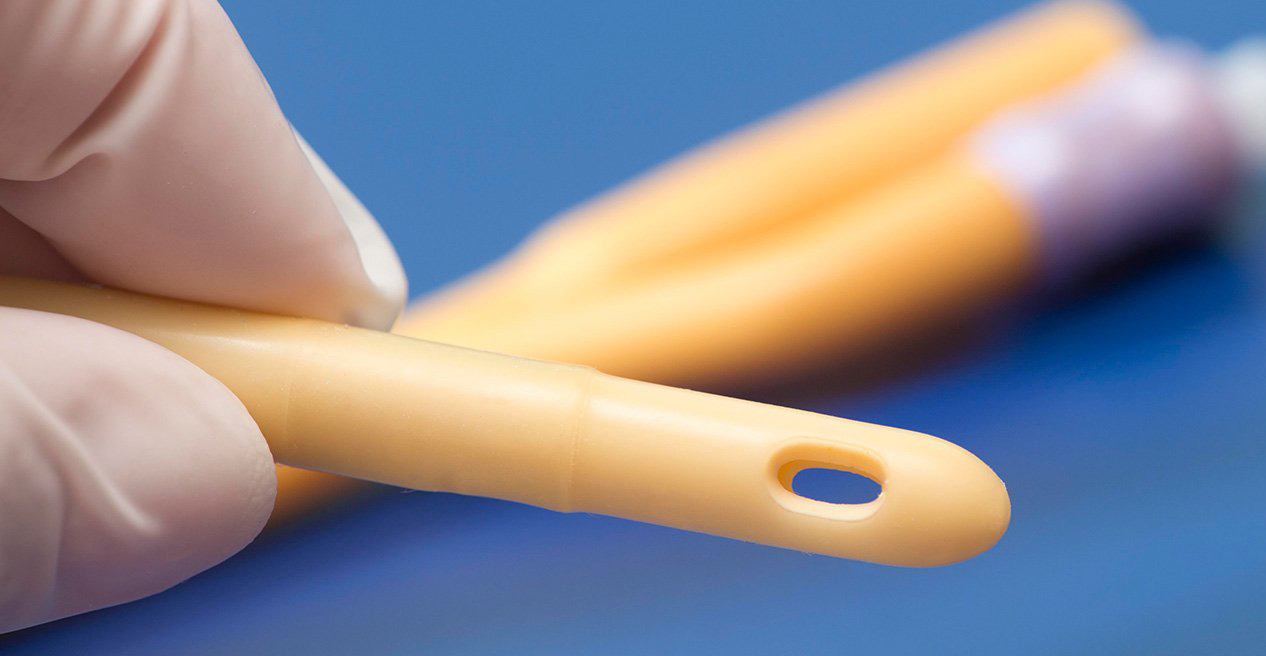The Foley catheter or catheters are flexible tubes, commonly latex, which in urinary catheterization, are passed through the urethra and into the bladder for the purpose of draining urine. They are retained by means of a balloon at the end of the catheter that is inflated with sterile water.
Bladder catheterization is an invasive practice using a Foley catheter that consists in the sterilized introduction of a catheter from the urethral meatus to the urinary bladder. The placement of unasonda vesical pursues several diagnostic and therapeutic purposes.
A bladder catheter is a very thin tube that is used to aid in the expulsion of urine. The probe is inserted into the urethra to reach the bladder and thus allows a continuous drainage of urine.
The Foley catheter is usually changed every fifteen days and the silicone catheter every two months, always disinfecting the intake point with antiseptic solution.
There are two types of permanent probes: the permanent urethral catheter that is inserted through the urethra into the bladder. And the suprapubic permanent probe, which is inserted through the stomach directly into the bladder.
A suprapubic tube is a thin, sterile tube that is used to drain urine from the bladder when you can not urinate. This type of tube is used if you can not use a tube that is placed in the urethra. … First an opening must be made between the bladder and the abdomen.
![]() Intermittent catheterization results in frequent drainage of the bladder through a single-use catheter. In the event that a person can not urinate normally, it is one of the methods to help him empty his bladder on a regular basis.
Intermittent catheterization results in frequent drainage of the bladder through a single-use catheter. In the event that a person can not urinate normally, it is one of the methods to help him empty his bladder on a regular basis.
Learn more about medicine in Pharmamedic.






